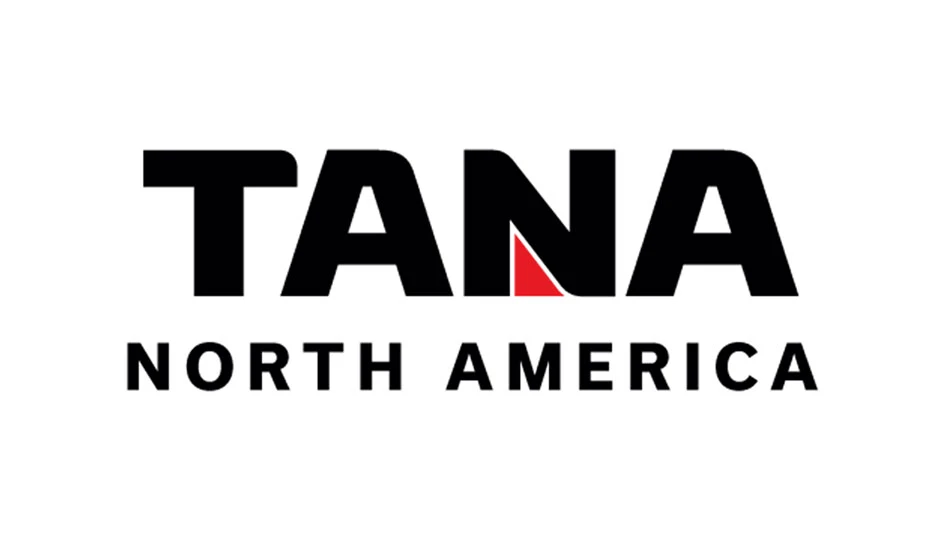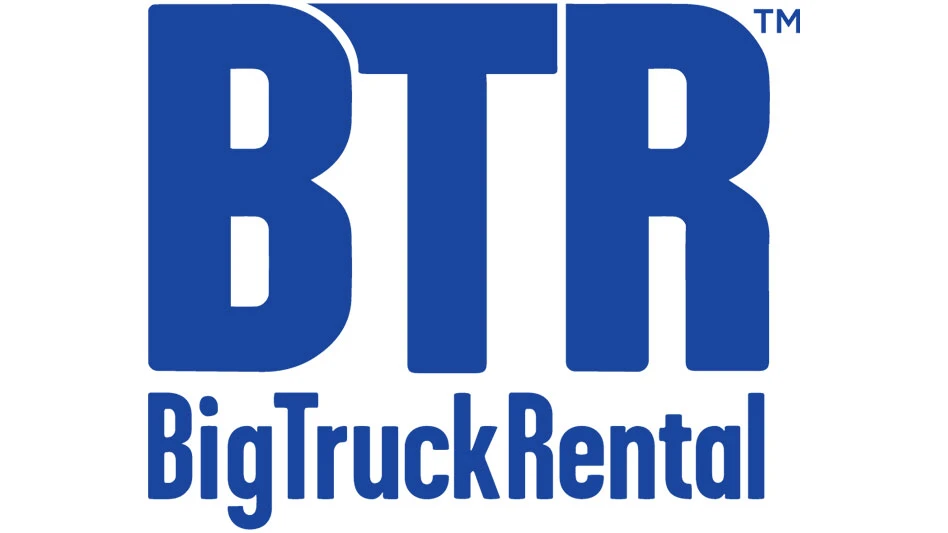
Recent policies pertaining to scrap imports into China are making exporting some postconsumer recyclables increasingly difficult. Material recovery facility (MRF) operators are trying to find new technologies or processes to help them meet China’s stricter quality requirements. This situation and others, such as labor shortages, have helped to increase MRF operators’ interest in robotic sorting systems, which claim to achieve highly pure recyclables at higher processing rates than hand sorting.
“Given the continual pressure for improved quality, greater processing efficiency, labor rates and market volatility, I think manual sorting at the MRF will diminish over time,” Bill Keegan, president of Dem-Con Cos., located in Shakopee, Minnesota, says.
In August 2017, Keegan jumped on the robotics bandwagon and installed an AMP Cortex system at his company’s MRF to sort cartons.
“We needed to find a better way to capture these materials that did not rely so heavily on labor, which is in very limited supply in our area,” he says.
Dem-Con applied for and received a grant from the Carton Council, headquartered in Denton, Texas, to purchase the system, becoming the second MRF to do so. The Carton Council offers MRF operators capital equipment grants as part of its ongoing efforts to improve and expand carton recycling.
When the grant to Dem-Con was announced, Jason Pelz, vice president of recycling projects for the Carton Council, and vice president of environment for Tetra Pak, said, “AI (artificial intelligence) offers great opportunities for improving the efficiency and effectiveness of carton recycling. We view the growth of the AMP Cortex as a cost-effective, long-term way to continue to expand carton recycling, including making it possible for more facilities to come on board with carton recycling.’’
Easily integrated

Dem-Con is a third-generation, family-owned integrated waste management company that was founded in the 1960s as a waste disposal service provider serving the southwestern Twin Cities area. The company has since grown to include several waste processing, recycling and disposal facilities, including a construction and demolition (C&D) MRF, municipal solid waste and C&D transfer stations and two lined disposal facilities.
“The goal of our company is to be a ‘one-stop shop’ for our customers and, as such, we accept most waste materials for recycling, processing, disposal and transfer,” Keegan says.
The Dem-Con family of companies provides 170 full-time jobs, Keegan says, which are mostly on the processing and recycling side of the business.
When Dem-Con received the grant from the Carton Council, the organization recommended AMP Robotics, Boulder, Colorado, and its Cortex system.
According to the AMP website, Cortex is a robotic system that’s enabled by an AI system called Neuron that “peers into the recyclable stream to identify individual pieces of recoverable material.” Cortex is designed to work in single-stream, mixed waste, C&D and e-scrap facilities.
At Dem-Con’s MRF, the AMP technology is placed in the middle of the container line, after the polyethylene terephthalate (PET) has been removed by an optical sorter. “It has a priority to pick cartons and will pick those first if they are present,” Keegan says of the robot. “When cartons are not present, it picks natural HDPE (high-density polyethylene).”
The remaining material is conveyed to hand sorters, who also recover natural HDPE as well as colored HDPE, No. 5 (polypropylene, or PP) and PET that was not previously captured by the optical unit.
One advantage of the system, he says, is that no downtime is associated with its installation. “[Cortex] is installed over the top of the existing processing line as opposed to an inline system,” Keegan says. “Our robot was installed over a weekend without having to incur any downtime on our processing line.”
The technology’s Neuron system uses machine learning algorithms, growing smarter as it is presented with more materials. He says the Neuron system can apply the data it collects to improve the processing efficiency of the entire MRF.
“The ability to identify any recyclable product or residue on the conveyor belt would enable you to use the vision system to gain intel on the operational metrics elsewhere in your MRF to improve efficiencies,” Keegan says.
Some examples he provides include using the system over the residue line to determine whether it contains enough recyclables to justify rerunning the material or positioning the system over conveyor belts that are transporting end products to determine contamination rates.
“This will be particularly of value given the new quality requirements of China and others,” Keegan says of the latter example.
Learning together

When the AMP system first arrived and started operating at Dem-Con, Keegan says there was a learning curve. The AMP system required mechanical adjustments to improve picking efficiency and material handling after the picks. He also says the system needed time to “learn” and improve its material recognition.
“I guess the unique part of this technology is that both Dem-Con and the robot are learning,” Keegan says.
Since its installation, he says, the system—nicknamed “Hot Dawg” because Dem-Con crews found a nametag bearing the moniker in the recycling the day it was installed—has improved its material recognition.
“When Hot Dawg arrived at the facility, it was an infant, and it made a lot of mistakes,” Keegan says. “As the weeks progressed, we saw it develop its recognition capabilities to match more that of a small child and then a teenager—with temper tantrums or broken parts—and now it’s into its 20-somethings, where it thinks it knows everything, does a pretty good job but is still not perfect.”
Despite the learning curve, Keegan says installing Hot Dawg has brought the company more benefits than disadvantages.
“Dem-Con was one of the first facilities in the country to install this technology and, as such, we expected to have issues come up that would need to be worked out along the way,” he says.
Cortex allows Dem-Con to combat the labor shortage that many companies in the waste and recycling industry are experiencing. Keegan says, “With a 3 percent unemployment rate in our community, we are unable to hire enough people to perform the sorting process manually.”
He continues, “In addition, manual sorting is a very difficult and strenuous job.
“The robot provides us with an opportunity to automate the sorting of food and beverage cartons and enable the staff person formerly assigned to that position to perform other jobs at the facility, such as maintaining the robot,” Keegan says.
The future is AI
The most exciting part of the AMP technology is its AI system, which can track metrics on inbound material streams, product quality and residue, Keegan says. While robotics will be one component of the MRF of the future, AI is the technology operators should really keep an eye on.
“With any new technology, there is a lot of hype. But, if we manage our expectations, then I think robotics will perform as expected,” he says. “However, like any good movie being released, if we oversell it or expect the robots to be the ‘silver bullet,’ then I think we are misleading ourselves. This is one of the tools in the toolbox for the MRF of our future, but not the only one.”
Keegan continues, “Now with AI, that is a different story. I think that will exceed our expectations!”

Explore the July August 2018 Issue
Check out more from this issue and find your next story to read.
Latest from Waste Today
- New Hampshire House committee advances amended landfill moratorium bill
- Viably teams with Turmec on materials processing systems
- Untha shredder prepares SRF in the UK
- Anaergia to upgrade anaerobic digestion facility at UC Davis
- Dynamic Renewables, BC Organics, National Organics combine to form Sagepoint Energy
- Wastequip appoints CFO
- SWACO grants target landfill diversion
- Doppstadt says new trommel offers optimized flexibility





